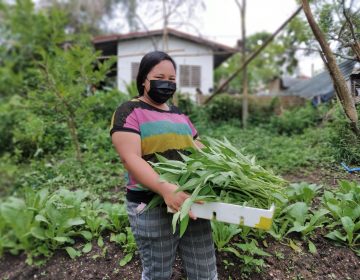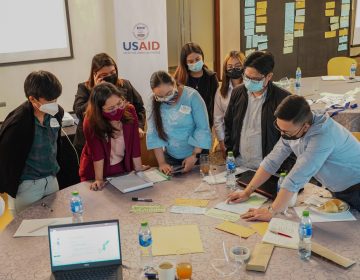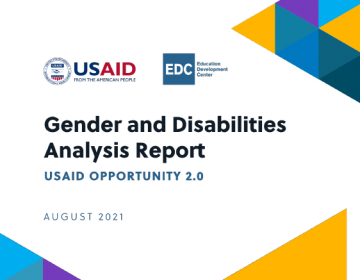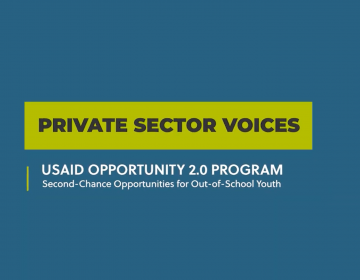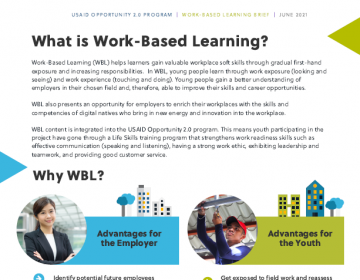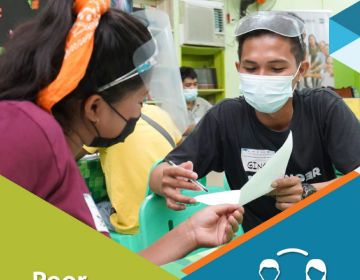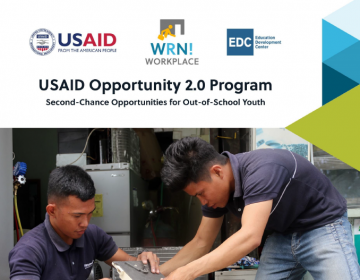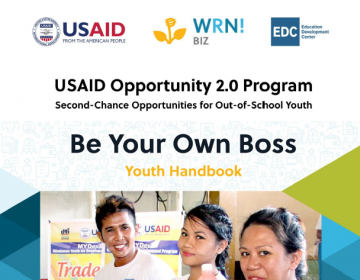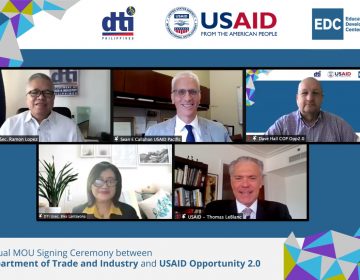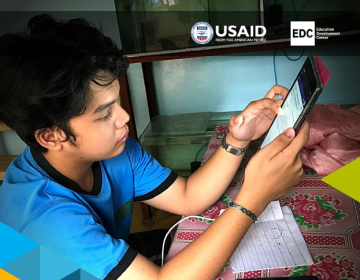Here are some of the products and materials developed through USAID Opportunity 2.0.
Modules, publications, briefs, reports and other materials on second-chance education, youth workforce development, and positive youth development will be made available here for easy access to champions of youth development and leaders who wish to learn and pursue similar goals for their communities, schools, organizations, and business.
Hear directly from the people who matter the most. Find out what kind of impact our work is making in their lives. Here are a few of the voices out of the thousands we …
What’s a Local Labor Market Assessment or LLMA? LLMA is one of the tools that USAID Opportunity 2.0 introduces to Youth Development Alliances in the cities it works with. Through the LLMA, members of …
EDC conducted a Gender and Disabilities Analysis (GDA) during USAID Opportunity 2.0’s Year 1. The GDA enables the program team and its partners gain a deeper understanding of the contextual gender gaps and barriers …
Don’t take it from us. Hear it straight from business owners and leaders. Here are some of the voices from the private sector who champion youth development, fulfill the potential of upskilled out-of-school youth, …
WBL content is integrated into the USAID Opportunity 2.0 program. This means youth participating in the program have gone through a Life Skills training program that strengthens work readiness skills such as effective communication …
A successful youth transition requires links to services in the community, information, and ongoing support. Opportunity 2.0 is adapting peer coaching in a group setting as a method to support youth as they make …
The primary goal of Opportunity 2.0 is to prepare large numbers of out-of-school youth to transition to further education and training, jobs, and self-employment opportunities. Opportunity 2.0 uses EDC’s Work Ready Now (WRN) readiness training …
Successful youth entrepreneurs range in age, experience, and education levels. They share one thing in common: All have the interest and ability to start and run successful businesses. Opportunity 2.0 international and local experts …
On May 18, 2021, the Philippine Department of Trade and Industry formalized an agreement with USAID Opportunity 2.0 to collaborate and pursue common goals of making enabling the vulnerable Filipino youth access much-needed training …
This brief shows a snapshot of USAID Opportunity 2.0’s first year of implementation. It features our key results and achievements so far, a timeline showing a year’s worth of milestones, as well as the …


